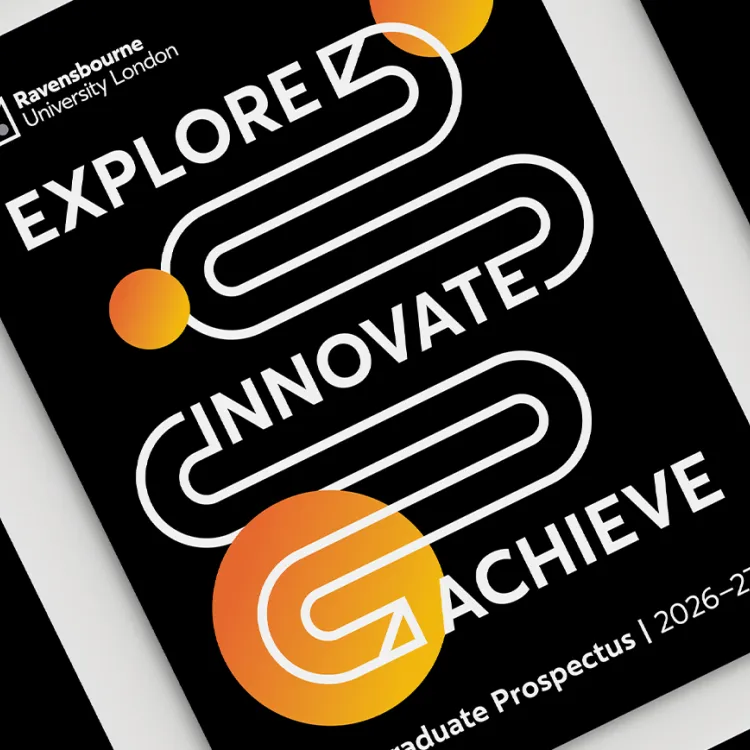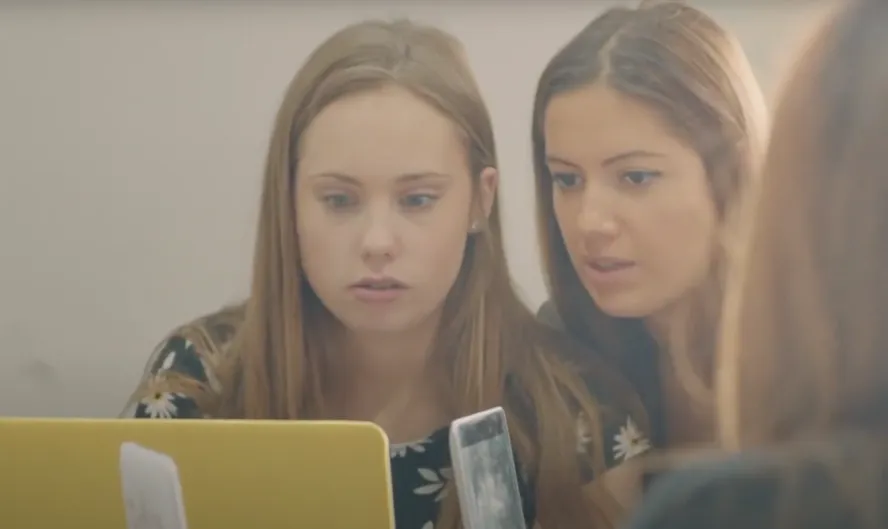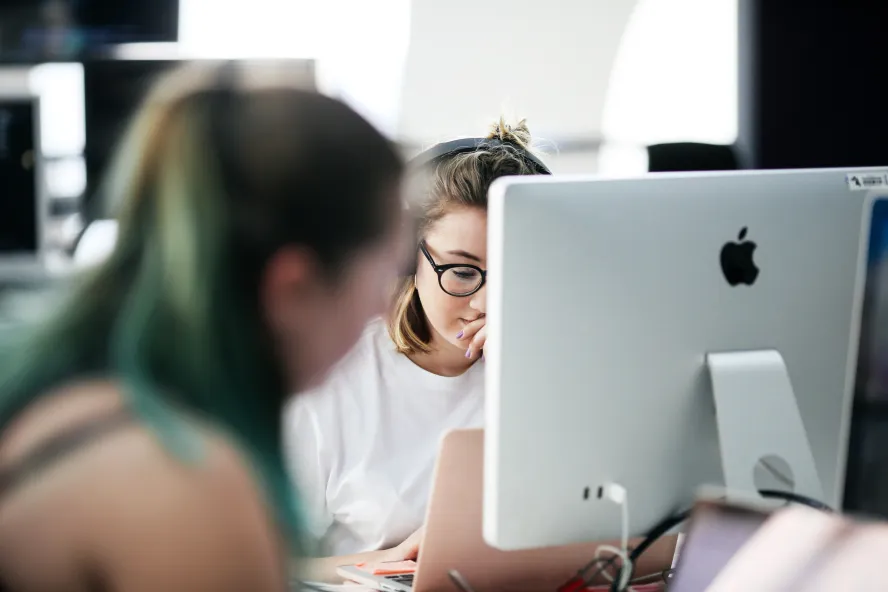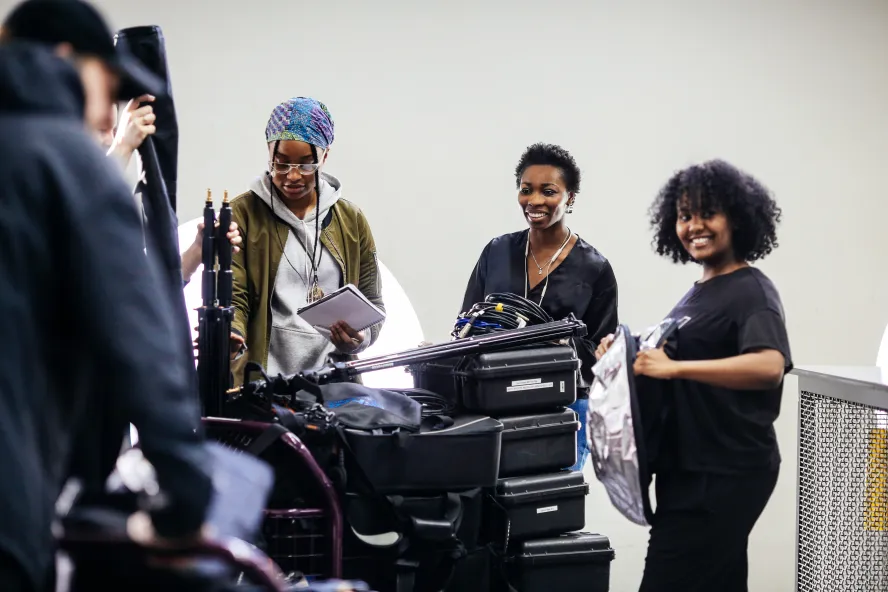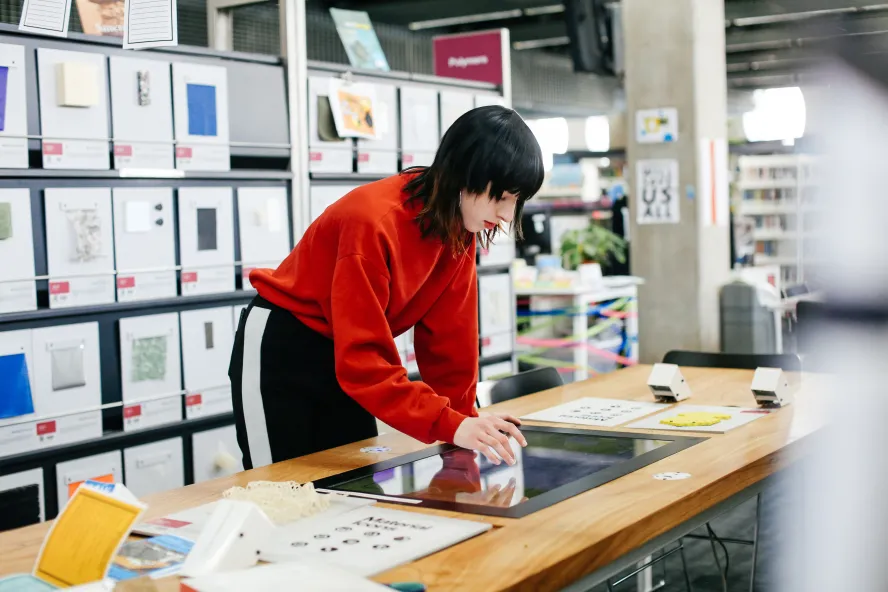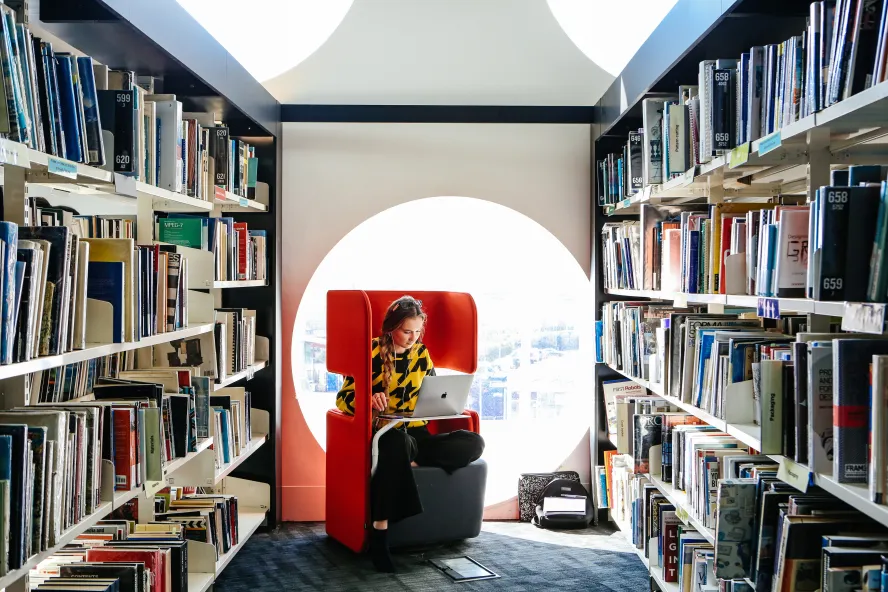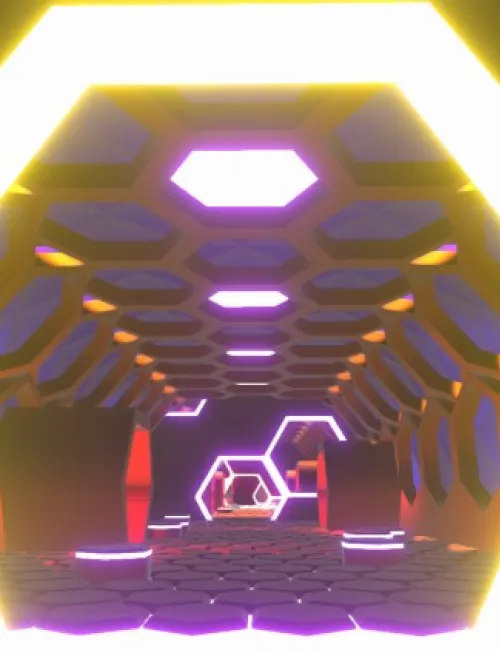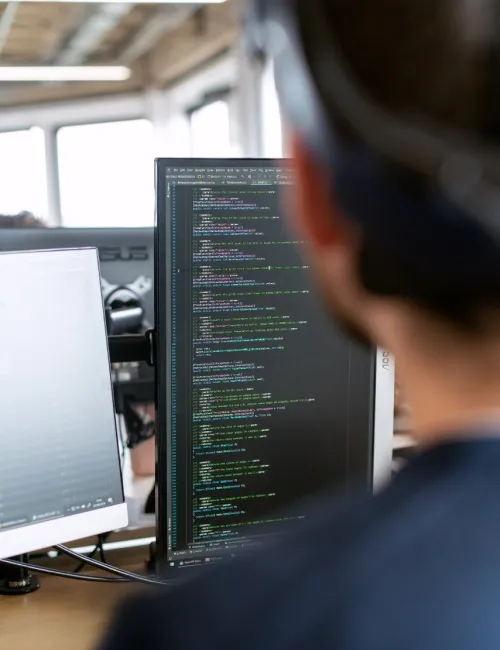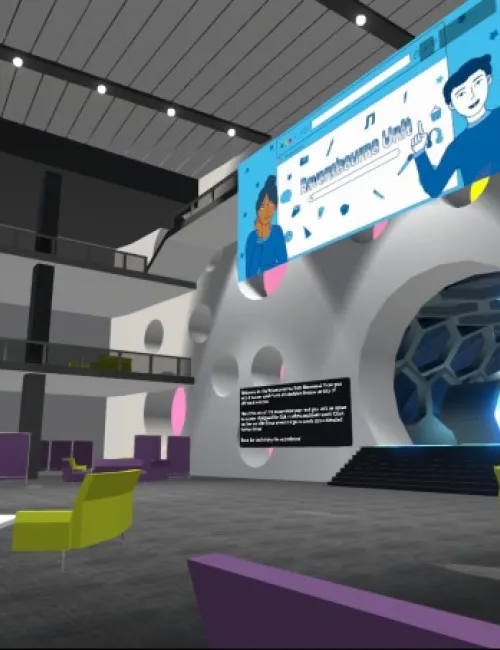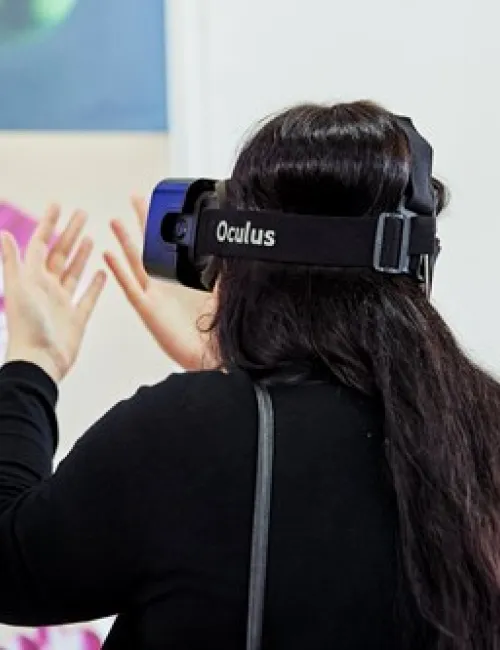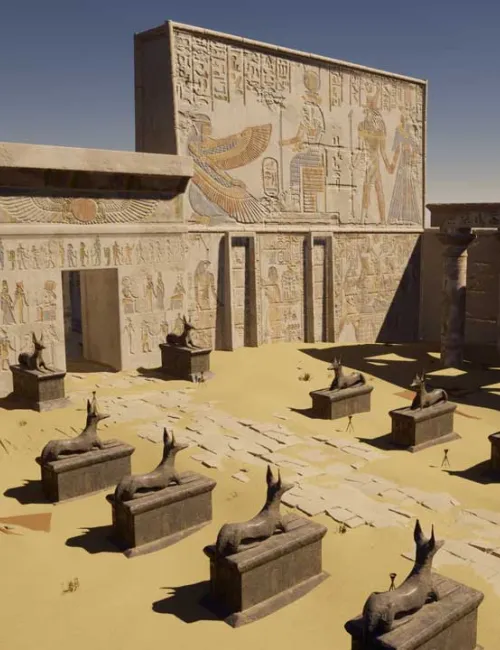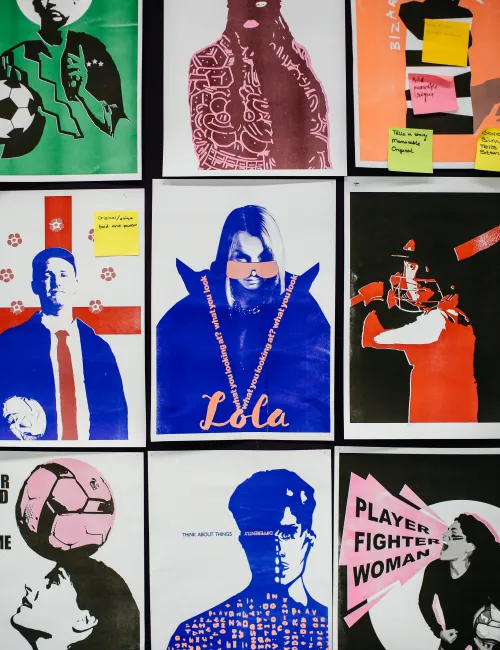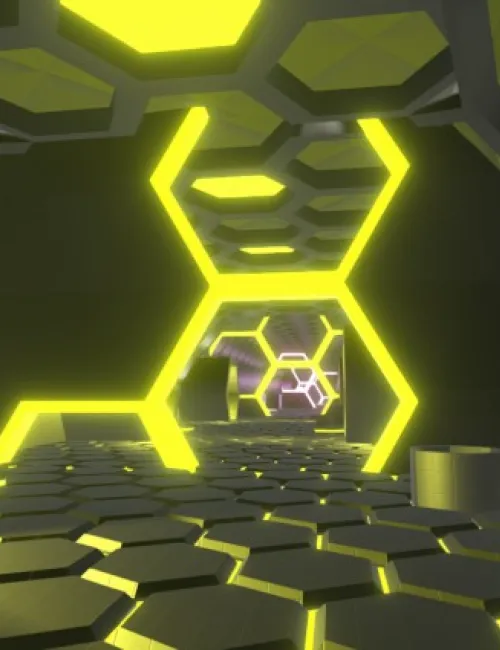BA (Hons) Games Art
Apply now:
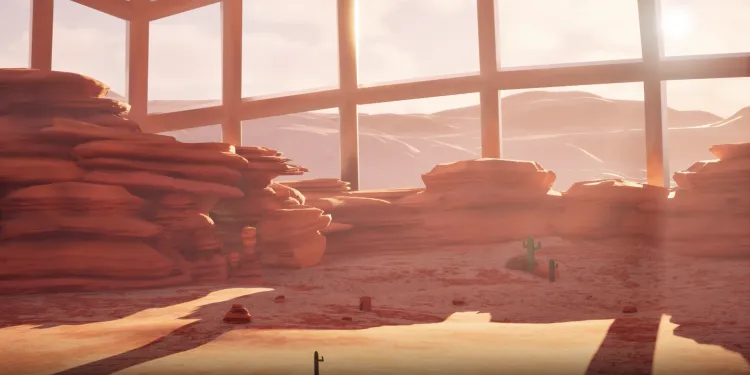
Currently reading: Course overview
Course overview
-
Starts: Sep 2026
-
Duration: 3 years
-
Mode: Full time
-
UCAS code: I602
-
Fees: UK: £9,790 (2026/27) / International: £17,500 (2026/27)
Bring vivid games worlds and characters to life.
This BA (Hons) Games Art degree in London places making and experimentation at the centre of your learning. Explore the fundamentals of 2D and 3D art creation and utilise state-of-the-art technologies to build intricate games worlds and convincing characters.
Student showcase
Why study this games art degree course?
- Master key specialisms: environment, characters, and technical art.
- Gain core skills in game technologies and production methods.
- Develop entrepreneurial and business awareness for a competitive edge.
- Build lasting connections and careers in the games art industry.
- Explore the diverse disciplines within game art departments.
- Grow your practice in a supportive environment.
- Develop interdisciplinary skills through collaboration with other courses.
What is a games art degree?
The gaming industry has rapidly become the world’s largest entertainment sector, creating numerous career opportunities. Our BA (Hons) Games Art course in London will help you develop the skills and confidence to secure roles in the expanding field of game art.
Part of a broader suite of Games courses, this program promotes collaboration across disciplines, allowing you to work alongside students from various game sectors to bring your art to life - just as in the professional gaming world.
As a Games Art student, you'll gain hands-on experience in state-of-the-art computer and motion capture studios, mastering industry-standard software.
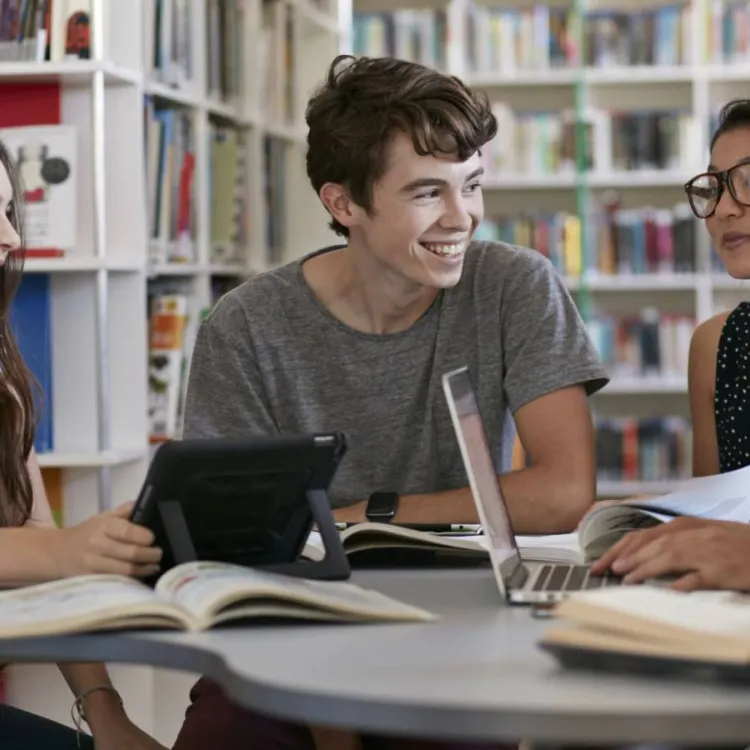
Not ready to apply? Stay in the loop!
Frequently asked questions
What is concept art in video games?
Concept art in video games refers to the visual representation of ideas, designs, and artistic concepts used in the pre-production and development stages of a video game. It is a crucial aspect of the game development process, providing a visual foundation and guiding the artistic direction of the game.
Key aspects of concept art in video games include:
- Visualising Game Elements: Concept artists create artwork to depict characters, environments, creatures, objects, and vehicles, helping the team visualize the game's look and feel.
- Character Design: Concept art defines the appearance, outfits, and features of characters.
- Environment Design: Concept art sets the tone and mood for game environments, aiding environment artists in building immersive worlds.
- Storyboarding: Concept artists may create storyboards to visually outline key moments in the game’s narrative, helping the team plan the story’s flow.
Tools available to Games Art students
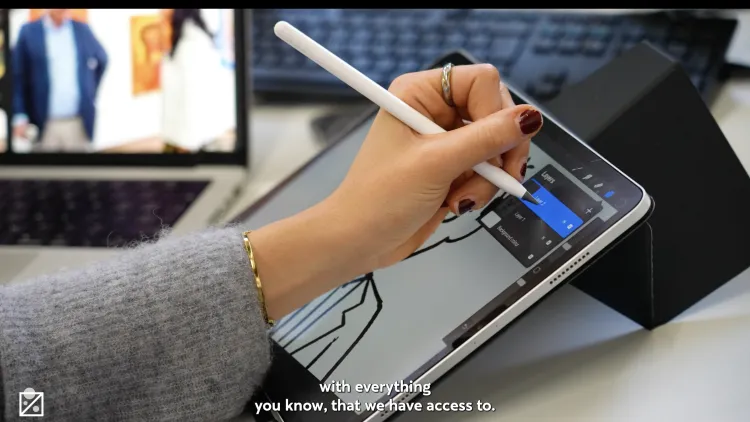
Work from current students
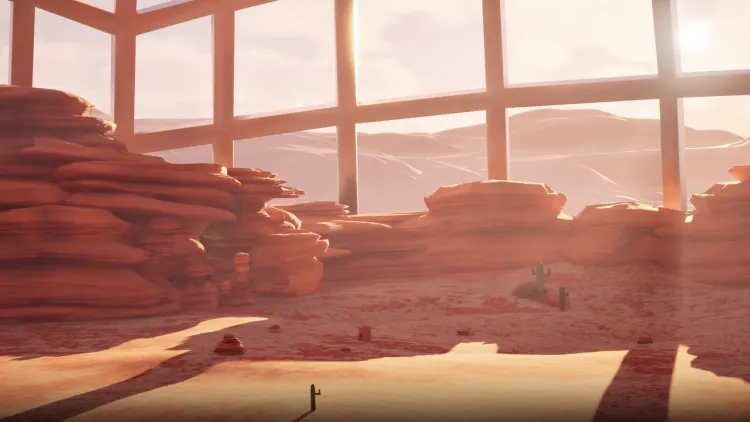
During our first year, our tutors ensured we had a clear understanding of the fundamentals of art, such as colour theory, perspective and shape language, as well as the fundamentals of 3D modelling. My favourite part of the course has been the opportunity to combine my knowledge and interests with taught material. You can see this in the work I’ve made this year. When making my biodome, I referenced Roman mythology and planets in our solar system and used these as inspiration for environments I built. Working as a group on a demo to present to industry professionals let me learn from my peers and taught me how to navigate creative teamwork and how to tackle inevitable challenges that this threw up. In the end, we pitched a project we were really proud of.
Lilliana Martins Alfonso (Games Art student)
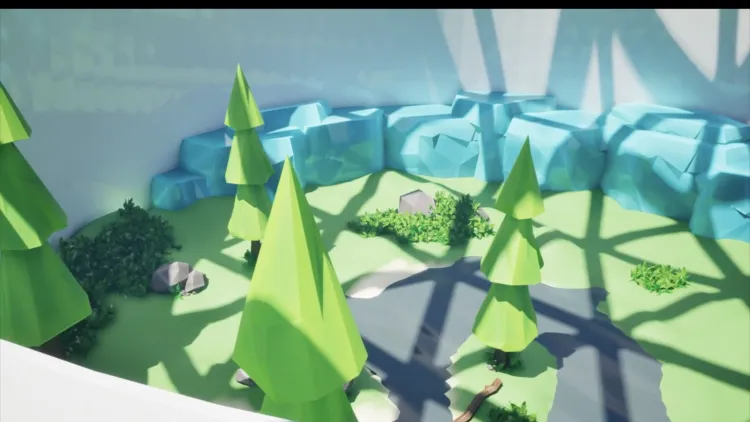
This work was created in our 3D Fundamentals class, where we learnt how to use software tools like Maya, Unreal Engine and Substance Painter. During the semester, we were tasked with creating biodome designs and I chose to base mine on the Pleistocene Epoch. It was a joy to work on this project despite the challenges it presented. I learnt a lot and look forward to year two when we will work on similar projects
Senna Stakis (Games Art student)

When creating my baobab trees for this environment I started by sketching branches with geometric shapes, adding kinks to the branches to form patterns and playing with the thickness and height of tree stems. Once I had finished ideating, I chose a warm pastel colour scheme for the trees, accompanying the playful style I envisioned. I then sketched the layout in greyscale, exploring how the trees might look in my environment, surrounded by other 3D assets. Finally, I modelled the tree assets using Maya (3D graphics software). The curved leaves and branches of my design’s topology presented but with close attention to detail this project came out better than I had imagined.
Tamara Graham (Games Art student)
The specifics
Downloadable Course Specification (3 years)
Downloadable Course Specification (4 years)*
*Subject to revalidation.
